Encouraging Self-Directed Learning in Classrooms

Encouraging Self-Directed Learning in Classrooms
A teacher’s responsibility towards students is not limited to increasing academic proficiency. It extends to preparing college and career ready students. Teachers must help students develop knowledge and skills that lead to success in the real world. This includes developing effective communication, collaboration, and project-management skills, and encouraging students […]
Bullet Journaling in Classrooms
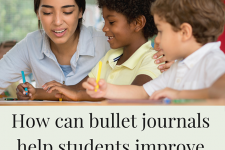
Bullet Journaling in Classrooms
“It is not enough to be busy.
The question is: What are we busy about?” – Henry David Thoreau
The true path to success lies in how individuals plan, prioritize and utilize their time efficiently. Although a crucial requirement, not all students are skilled at managing time wisely. Despite the availability […]
Implementing the 5 E’s Learning Model in Classrooms

Implementing the 5 E’s Learning Model in Classrooms
The 5 E’s is an inquiry-based learning approach that is founded on the belief that students learn by building new ideas on top of old ones. Using this model, students can understand and learn concepts and skills over a series of 5 steps or phases of […]
5 Steps to help Teachers with Grant Writing
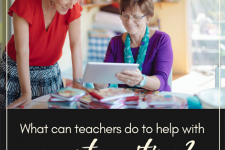
5 Steps to Help Teachers with Grant Writing
Sometimes, innovative ideas for classroom projects fail to take off due to limited class budgets. As a result, teachers often look to outside sources for funding, leading them to embark on the process of writing grants. While grant writing can seem a daunting task to many, […]
Implementing Immersive Learning in Classrooms
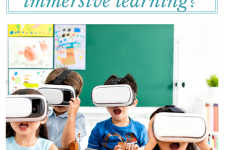
Implementing Immersive Learning in Classrooms
Over the last few years, technology has played a pivotal role in shaping learning in the classroom. From m-learning, flipped classrooms and BYOD programs to using digital applications for communications, assignment submissions and testing, technology has had a hand in it all. Why? Because, these techniques are more interesting […]
Understanding IEP Terminology
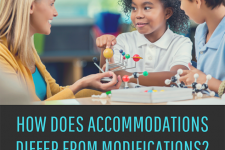
Understanding IEP Terminology
Teachers are likely to come across the terms accommodations and modifications if they have students with special needs in their classrooms. These terms are commonly found in Individualized Education Plans (IEPs) or 504 plans and refer to adjustments to the curriculum and environment that can make learning accessible for students with […]
Creating Classroom Communities

Creating Classroom Communities
Children develop a sense of belonging to their families and communities from a young age. Next to homes, schools are where students spend most of their time. This makes it important for schools, especially classrooms, to present themselves as a community, making students feel included, valued and connected to each other.
Classroom […]
What is Case-Based Learning?
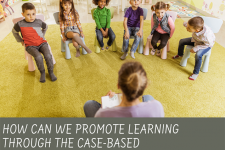
What is Case-Based Learning?
Case-based learning, or, the case method, is a student-centered learning approach. This method uses cases – hypothetical, or real-life problems – to supplement theoretical knowledge. In this learning strategy, students are given cases to solve, allowing for practical application of the concepts learned in class. Use of case-based learning:
Facilitates collaborative […]
Tech Tools for Assistive Communication
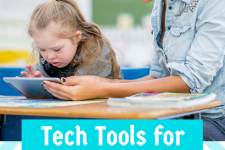
Students with special needs such as speech and language disorders usually find it challenging to communicate effectively in the classroom. Here are 5 tech tools that can provide a assistive communication.
Text 2 Speech
Convert text from ebooks to speech.
GoRalkNow
Adjust pages and font sizes and covert text to speech.
Click-R 7
Facilitate note taking, speech feedback and […]
Benefits of Journaling in the Classroom
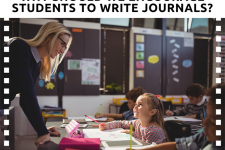
Benefits of Journaling in the Classroom
Journaling is a reflective process that enables writers to take control of their thoughts and emotions. In a classroom, the most obvious use for journals is as a writing strategy, but that is not all. Research has shown that encouraging students to maintain journals can be beneficial as […]



